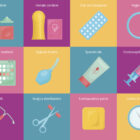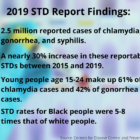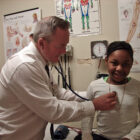I-Team In-Depth
With 1 In 3 College Students Nationwide Facing Food Insecurity, Colleges Respond
|
Leslie Argueta is a 21-year-old first-generation college student at Goodwin University who plans to work with children and families in need. It’s a profession for which her own life experience has prepared her. When Argueta was 3, she emigrated from El Salvador with her family, settling in East Hartford. In Argueta’s first year of college, a car accident left her mother unable to work for a year, forcing the young college student to divide her time between her studies and hospital visits. “Me and my brother had to provide a little bit more for our family,” Argueta said.









